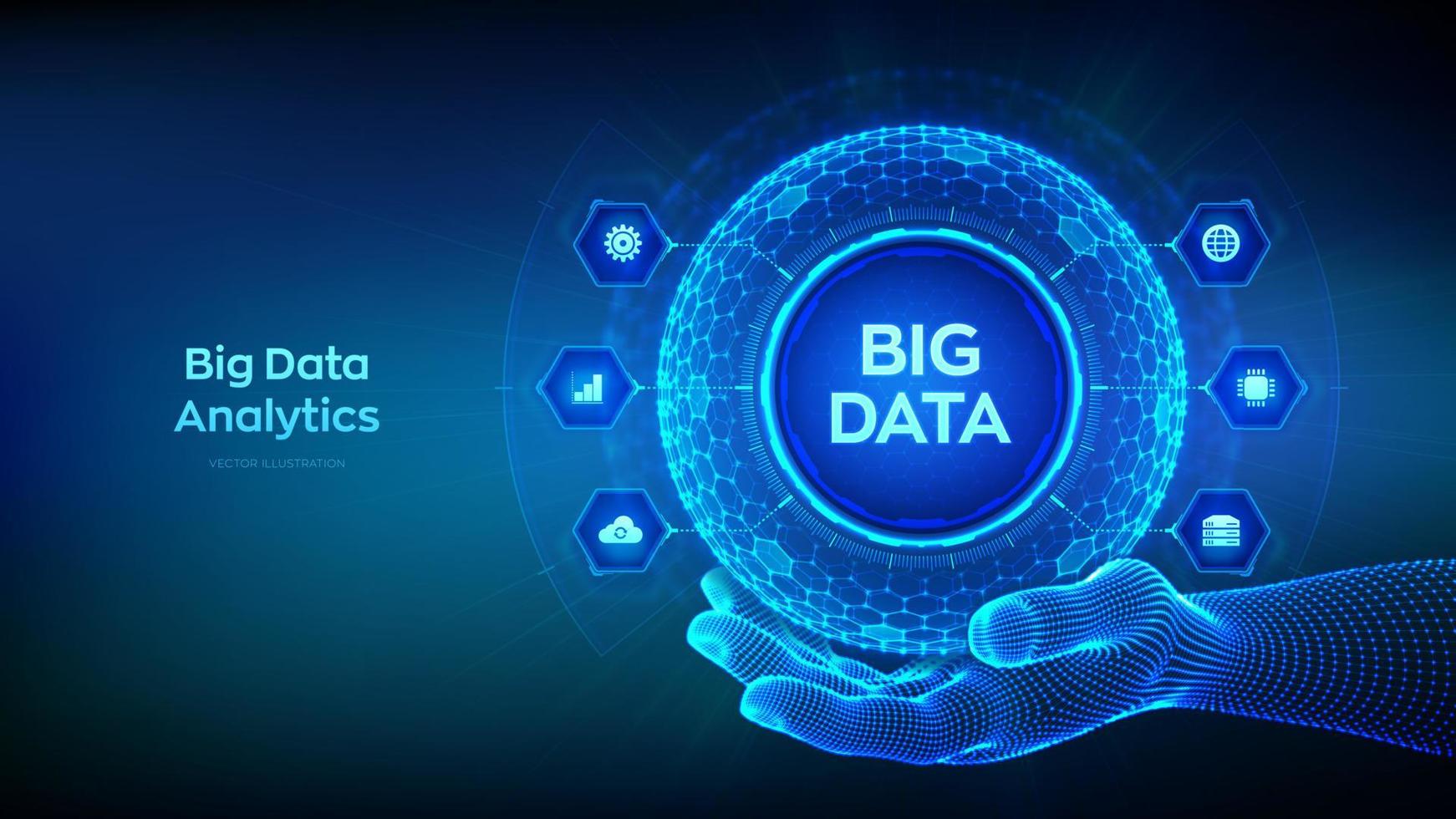Big Data Innovations: How Businesses Are Leveraging Large-Scale Analytics in 2025
 Kimutai Hosea
Kimutai Hosea
In today’s digital world, data is being generated at an unprecedented rate. From social media interactions to IoT sensor readings, businesses are drowning in data. But having data is not enough—the real game-changer is how companies process and extract insights from it.
As someone skilled in Excel, SQL, Tableau, and Python, I’ve been exploring how organizations tackle Big Data challenges and what tools are driving this transformation. Let’s dive into some of the latest innovations reshaping the industry.
1. Real-Time Analytics: Moving Beyond Batch Processing
Traditional analytics relied on batch processing—data was collected, stored, and analyzed later. But in fast-paced industries like finance, e-commerce, and healthcare, waiting hours (or even minutes) for insights is no longer acceptable.
🔹 The Innovation: Streaming Data Processing
Technologies like Apache Kafka, Apache Flink, and Google Dataflow allow businesses to process and analyze data in real time. This means:
✅ Fraud detection systems can flag suspicious transactions instantly
✅ E-commerce platforms can provide personalized recommendations as users browse
✅ Healthcare providers can monitor patient vitals and respond proactively
2. Serverless & Cloud-Based Data Warehousing
Managing on-premise data infrastructure is costly and inefficient. That’s why businesses are rapidly shifting to cloud-based data warehousing solutions that offer scalability and flexibility.
🔹 The Innovation: Fully Managed Data Warehouses
Platforms like Snowflake, AWS Redshift, and Google BigQuery allow organizations to store, process, and analyze massive datasets without worrying about infrastructure management. Benefits include:
✔️ Pay-as-you-go pricing, reducing costs for businesses
✔️ Faster query execution using distributed computing
✔️ Seamless integration with BI tools like Tableau and Looker
3. AI-Driven Data Cleaning & Automation
One of the biggest pain points in data analytics? Cleaning messy data. Analysts spend up to 80% of their time wrangling datasets before meaningful insights can be extracted.
🔹 The Innovation: AI-Powered Data Preparation
New AI-driven tools like Trifacta, Databricks Delta Lake, and Microsoft Fabric automate data cleaning by:
🔹 Detecting and fixing inconsistencies
🔹 Filling in missing values using predictive algorithms
🔹 Identifying anomalies and potential errors
This reduces manual effort, allowing analysts to focus on generating insights rather than fixing messy spreadsheets.
What This Means for Data Analysts
Big Data is no longer just for tech giants—every industry is leveraging large-scale analytics to drive smarter decisions. As aspiring data analysts, we need to stay ahead by:
✔️ Learning cloud-based data solutions (BigQuery, Snowflake, AWS Redshift)
✔️ Exploring streaming analytics tools (Kafka, Flink)
✔️ Mastering data wrangling techniques in SQL & Python (Pandas, Dask)
Final Thoughts
Big Data is transforming how businesses operate, but it’s not just about having data—it’s about using it effectively. With real-time processing, AI-driven automation, and scalable cloud solutions, companies can make faster and more informed decisions.
What are your thoughts on Big Data innovations?
Subscribe to my newsletter
Read articles from Kimutai Hosea directly inside your inbox. Subscribe to the newsletter, and don't miss out.
Written by

Kimutai Hosea
Kimutai Hosea
Learning & sharing all things data analytics—Python, SQL, and data visualization